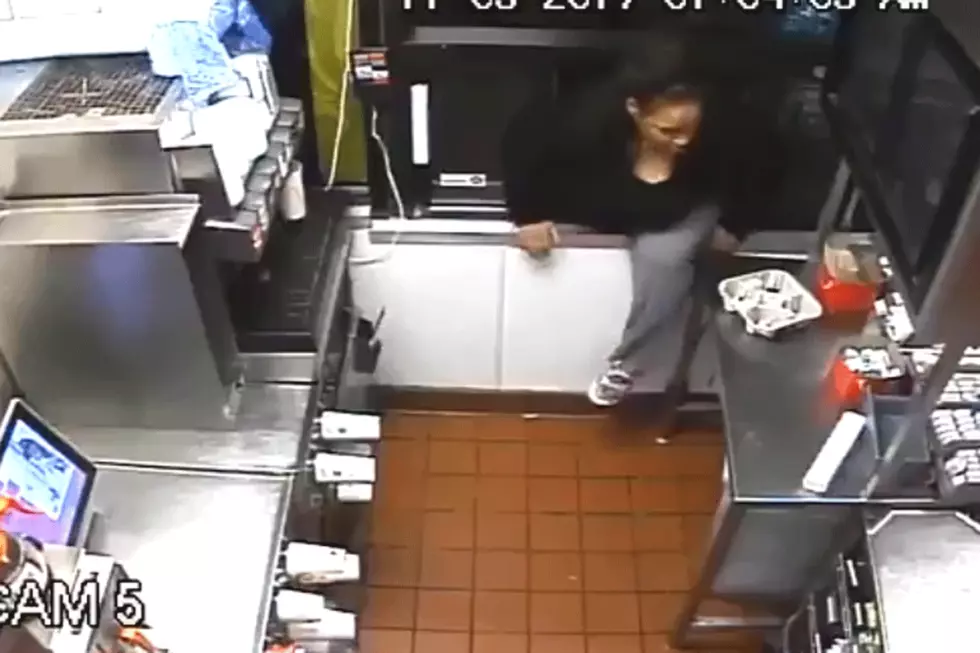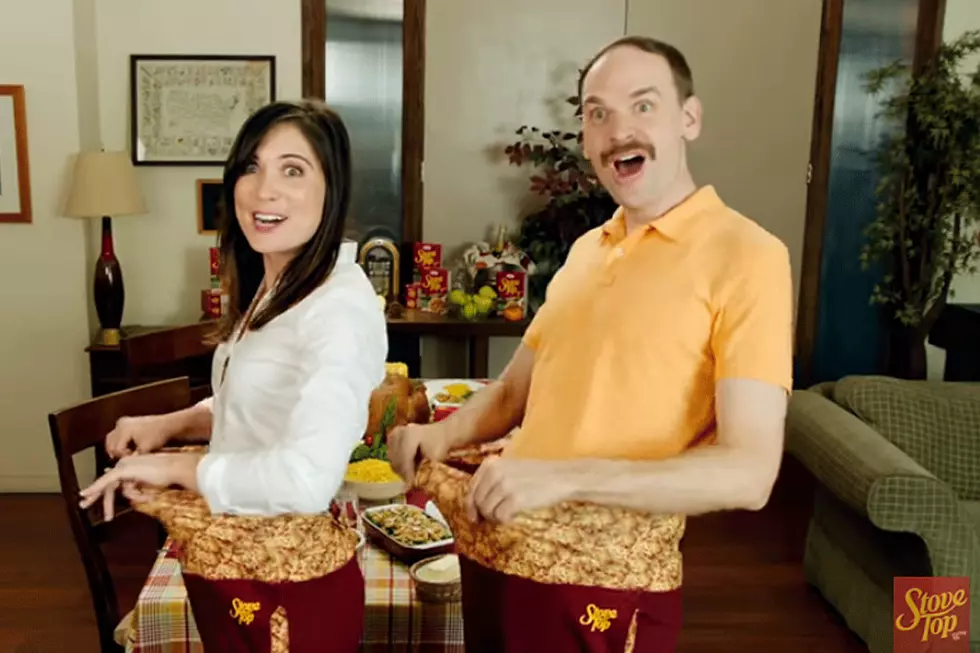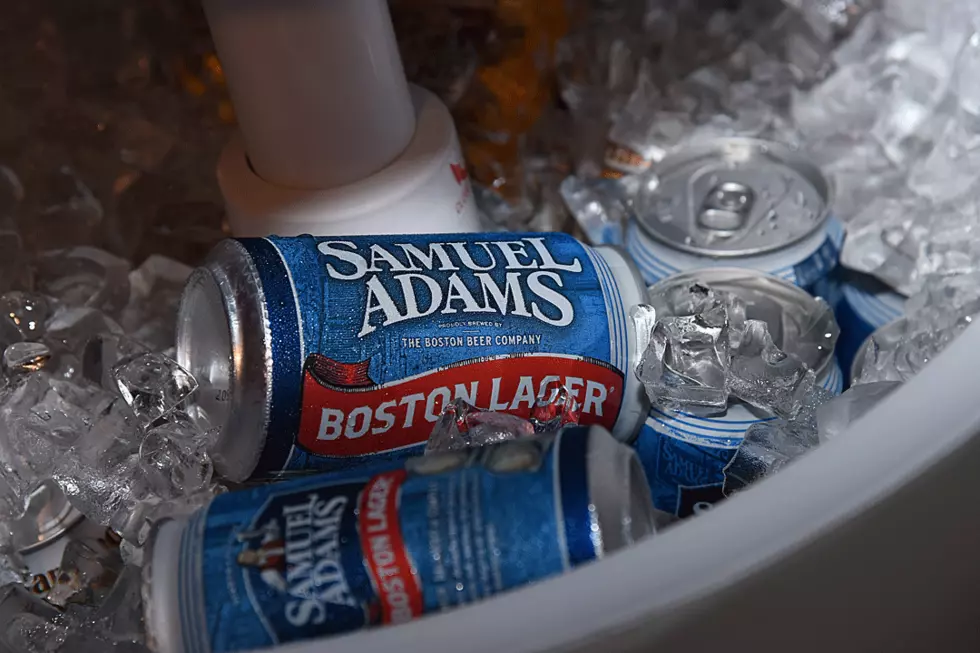
Wine Wednesday — Champagne Rules!
See?
Gentlemen! Good afternoon and welcome to your weekly installment of Wine Wednesday. New Year’s Eve is just around the corner, and we will all be looking for some sort of sparkling wine to pop open when the clock strikes midnight. In honor of 2013, I want to talk with you about the rules of Champagne.
When speaking of any wine-producing region in Europe, one must know that the wine produced in that region is produced under a strict set of rules. Any wine-producing region in Europe is like the town in 'Footloose;' the townspeople will stop you at any cost to prevent you from breaking their rules, doesn’t matter if it’s about dancing or wine making. Champagne is no different.
Champagne is a wine region Northeast of Paris that produces sparkling wine. Calling any other sparkling wine Champagne makes you look stupid. Think about it this way, calling any sparkling wine Champagne is like calling any car a Ferrari. So stop doing it, you rube.
Champagne-Making Rules
There a plethora of rules that need to be followed to make Champagne, but as long as you aren’t trying to produce your own Champagne there are only three rules that are important to know:
1. Champagne can only be produced using three grapes. Those three grapes are Chardonnay, Pinot Noir and Pinot Meunier (pronounced Pee-No Mew-Ney).
2. Champagne gets its bubbles using a method of carbonation called Methode Champenoise (pronounced Meth-Ud Sham-Pen-New-Aww). Methode Champenoise is a basic method of secondary fermentation (carbonation). This means the wine makers add sugar to already fermented wine. The sugar and the yeast cause a chemical reaction which causes carbonation instead of alcohol. Any beer you drink that states that it is bottled conditioned uses the same method of carbonation as Champagne.
3. The rule of dosage: Champagne producers add a mixture to wine and sugar to the final product. The specific amount of sugar added to the Champagne is always denoted on the label with terms such as Brut, Extra-Dry or Demi-Sec. These terms can be confusing. Brut is the most popular and is a dry style of Champagne. Extra-Dry doesn't make sense because it is sweeter than Brut. Demi-Sec which literally means half dry in French is actually a sweeter style of Champagne.
Champagne-Drinking Rules
1. Don’t spray the Champagne. You aren’t in a rap video, so do not fire off the cork and super soak everyone around you with Champagne. You just paid 30 to 50 bucks, why waste it by spraying it all over everyone around you and look like a jerk?
2. Don’t fire off the cork. It can be a lot of fun to fire off the cork of a Champagne bottle but you are likely to lose Champagne in the process. The proper method of opening a Champagne bottle is to grab the cork with one hand and the neck of the bottle with the other. Turn the cork and the bottle in different directions. You don’t have to pull at the cork, the carbonation will do the work for you.
3. Use a Champagne flute. A Champagne flute is stemware engineered to maintain Champagne’s gentle carbonation. You wouldn’t drink beer out of a bowl, or wine out of a mug so why drink Champagne out of anything but a flute? (Exception: It is completely acceptable and encouraged to drink champagne/wine/grain alcohol out of a mug if you are drinking alone.)
Drink well,
The Wine Guy
More From GuySpeed









